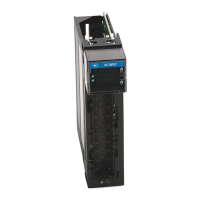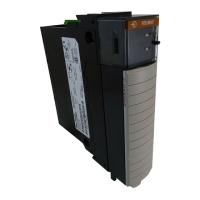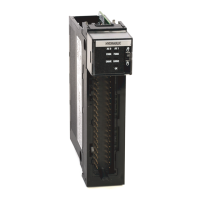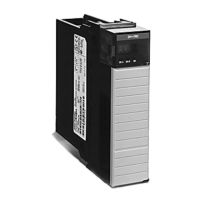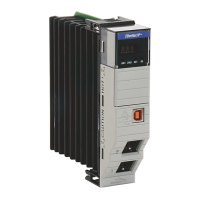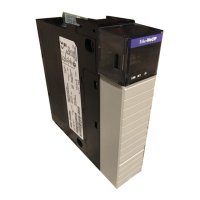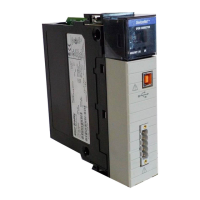26 Rockwell Automation Publication 1756-UM058G-EN-P - November 2012
Chapter 2 Digital I/O Operation in the ControlLogix System
Suggestions for Rack-optimized Connections
We recommend that you use a rack-optimized connection for these applications:
• Standard digital I/O modules
• Non-fused digital output modules
• Owner-controllers running low on connections
Input Module Operation
In traditional I/O systems, controllers poll input modules to obtain their input
status. In the ControlLogix system, a controller does not poll digital input
modules. Instead, the modules multicast their data either upon change of state
(COS) or requested packet interval (RPI). The frequency depends on the
options chosen during configuration and whether the input module is local or
remote. This method of communication uses the Producer/Consumer model.
The input module is the producer of input data and the controller is the
consumer of the data.
All ControlLogix inputs are updated asynchronously in relation to the
controller’s task execution. In other words, an input may be updated in the
controller at any time during the controller’s execution of the tasks it is
configured to run. The input device determines when the input is sent based on
its configuration.
An input module’s behavior also varies depending upon whether it operates in the
local chassis or in a remote chassis. The following sections detail the differences in
data transfers between local and remote installations.
Rack-optimized connections are available only to digital I/O modules.
However, do not use a rack-optimized connection for diagnostic I/O modules or
fused output modules. Diagnostic and fused output data will not be
transferred over a rack-optimized connection. This defeats the purpose of using
those modules.

